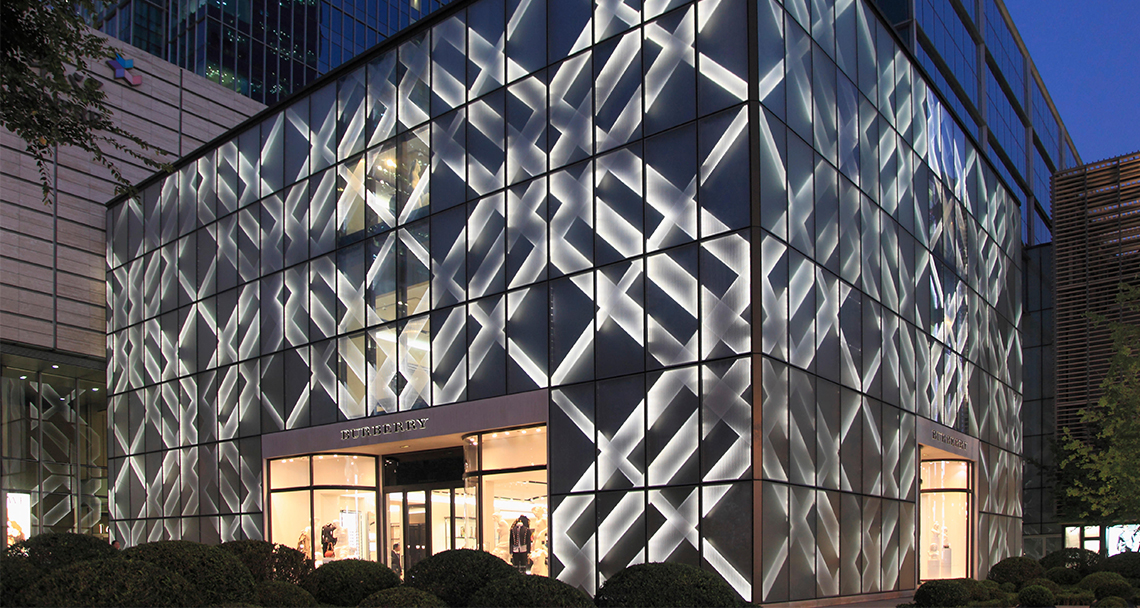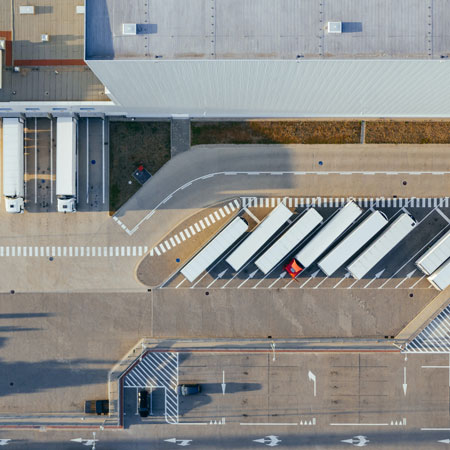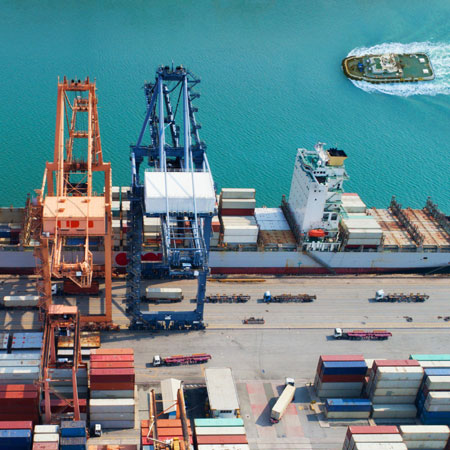We have seen monumental changes to the retail landscape in 2020, with the impact of the Covid-19 pandemic somewhat accelerating trends previously monitored across the sector. The global luxury retail market is no different.
The introduction of lockdowns across the world stalled luxury store openings during much of the first half of the year, with many brands now rethinking their retail investment in light of current Covid-related headwinds. However, Q3 2020 reported a strong bounce-back in physical store openings, exceeding the quarterly average once again.
Global luxury store openings
Source: Savills Research
Asia-Pacific increases share
Global luxury expansion has experienced a regional rebalancing in 2020. Retailers are pivoting their focus towards Asia-Pacific markets, with the region accounting for a 38.9% share of global luxury store openings this year to date (January-October 2020). This exceeds the region’s share of 31.8% recorded in 2019, while overtaking Europe for the first time, based on our data.
The geographic shift in luxury openings is a trend that we have been tracking for the past three years, however it has been somewhat amplified in 2020 in line with the earlier reopening of retail markets across much of Asia-Pacific, coupled with a significant rebound in luxury spend post-lockdown.
“For a number of years, Asia-Pacific has provided luxury brands with a key contribution to their global business,” says Anthony Selwyn, Head of Savills Prime Global Retail Team. “Now, the region is experiencing a positive recovery to Covid-19, stimulating further aggressive expansion and investment.”
Share of luxury store openings by region
Source: Savills Research
Large uptick in Chinese spending and store openings
This increase has been largely driven by retailers expanding their physical footprint across China.
- The country is accountable for an 18.8% share of total global luxury openings for year to date in 2020, far outstripping the previous three-year average of 6.4%.
- China has also reported a 64.7% uptick in luxury store openings compared with 2019 levels already, becoming the only major market to report growth over this period.
Many retailers have utilised this year to expand their presence in order to meet demand for luxury products, particularly at a time when Chinese tourists are largely unable to travel long-haul to traditional retail destinations such as London, Paris and Milan.
In recent months, domestic tourism across China has recovered rapidly off the back of the lockdown in the first quarter, with ForwardKeys suggesting domestic arrivals reached 86% of 2019 levels, as of mid- to late-August. This is likely to have been boosted further following the National Day Golden Week in early October – rumoured to have attracted 637 million domestic tourist trips across China during the week.
Potential for further growth
A recovery of both domestic travel and economic output (with China boasting GDP growth of 4.9% year-on-year in Q3 2020) points to further growth potential in luxury spend. In addition, the Chinese government is looking to support domestic consumption as a key driver of economic growth in the future via the newly proposed dual circulation system.
Spend on luxury goods in China in 2020 could reach up to 30% more than 2019 levels. In contrast, the global luxury market is expected to contract by up to -45% year-on-year
Efforts to boost spend on a local level have also been implemented, such as Hainan substantially increasing the annual duty-free allowance. As a result, the latest forecasts from Boston Consulting Group suggest that spend on luxury goods in China in 2020 could reach up to 30% more than 2019 levels, despite the temporary closure of stores earlier in the year. In contrast, the global luxury market is expected to contract by up to -45% year-on-year, as Europe and the US continue to be impacted by a resurgence in Covid-19 cases, prolonged economic downturns and job uncertainty.
Demand for luxury goods across China since lockdown has been somewhat fuelled by “revenge spending”, with certain retailers reporting record post-lockdown sales. For example, Hermès reported a record daily store turnover of $2.7 million in its Guangzhou flagship on the day of reopening in April.
Similarly, Canada Goose has boosted its presence in mainland China, with a new store in Chengdu performing “ahead of expectations” and a further three store openings earmarked for this year.
Luxury store openings in Asia-Pacific year-to-date 2020 (January-October)
Note: excludes pop-up stores, relocations and reopenings. Source: Savills Research
Luxury brands target technology
In terms of locality, the Greater Bay Area (including Hong Kong, Shenzhen, Macau and Guangzhou) has been particularly active in terms of openings since the easing of lockdown, representing an 11.0% share of global openings this year to date.
“All luxury brands have an eye on the Greater Bay Area as an area of tremendous growth,” says Nick Bradstreet, Managing Director Savills Hong Kong Retail Agency Team. “This area already represents 11.6% of China’s total GDP – ie RMB 11.5 trillion – and this is set to triple in the next 10 to 15 years as Central Government targets the area to be a technology and financial powerhouse to rival Silicon Valley in California by 2035.”
Key openings include Burberry’s first digital-centric “social retail store” in Shenzhen in partnership with technology firm Tencent, which allows customers to interact digitally with products through QR codes and WeChat. This is just one example of luxury brands successfully interacting with consumers in China through digitally innovative concepts and will inevitably shape the configuration of physical stores globally in the future.
Undoubtedly, 2020 has been, and will continue to be, a very difficult year for the retail sector. While sales in some parts of the world might be surging, others will contract significantly – similarly, strong counts of physical store openings in certain regions may be overlooking a potential rise in closures in less profitable locations. Nonetheless, those retailers that are able to pivot their offer and reach new audiences and capitalise on local demand will continue to reap the rewards in terms of growth.




